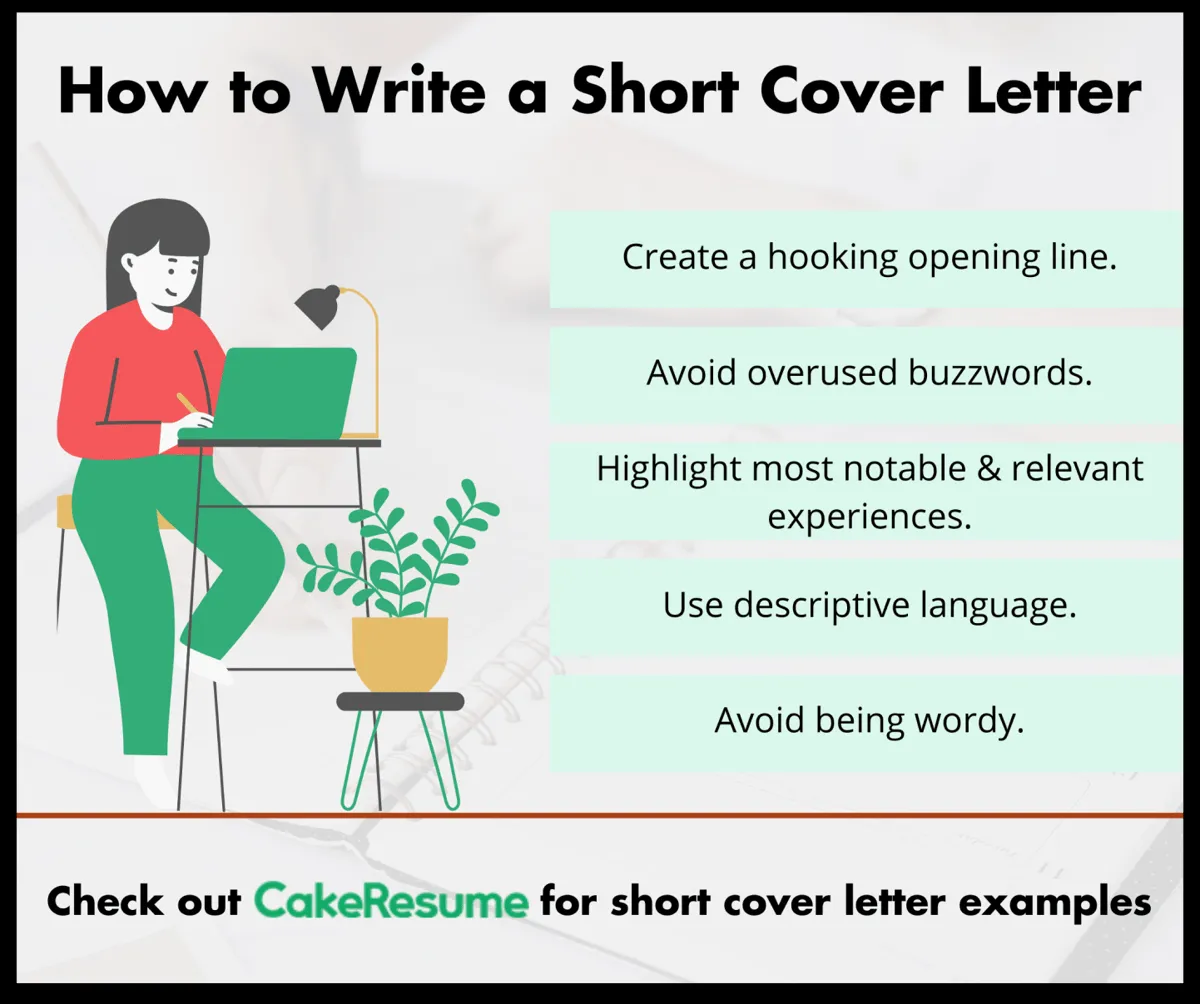What is a Cover Letter?
A cover letter is a crucial document accompanying your resume when applying for a job. It serves as an introduction, providing context to your application and highlighting why you’re the perfect fit for the role. Unlike a resume, which lists your experiences and skills, a cover letter allows you to showcase your personality, express your enthusiasm, and elaborate on your qualifications in a way that a resume cannot. A well-crafted cover letter can significantly increase your chances of landing an interview by capturing the hiring manager’s attention and demonstrating your genuine interest in the position.
Cover Letter Purpose Explained
The primary purpose of a cover letter is to persuade the hiring manager to read your resume and consider you for an interview. It’s your opportunity to tell your story, connect your skills and experiences to the job requirements, and explain why you’re interested in the specific company and position. It allows you to demonstrate your writing skills, communication abilities, and attention to detail. A well-written cover letter will not only highlight your qualifications but also showcase your personality and enthusiasm, making you stand out from other applicants.
Why Cover Letters Still Matter
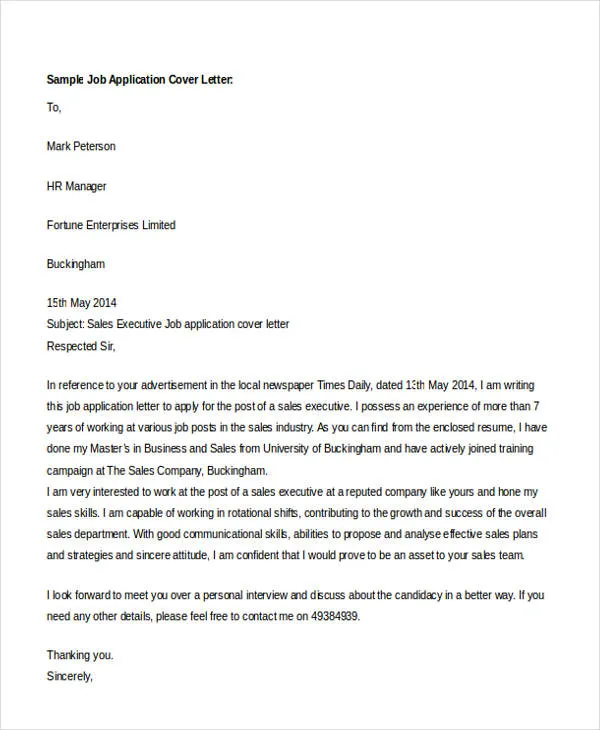
Despite the rise of online applications and resume-only submissions, cover letters remain essential for many job applications. They provide a personalized touch and allow you to make a strong first impression. They enable you to demonstrate your communication skills, which are often valued by employers. They allow you to tailor your application to the specific job, showcasing your understanding of the company and the role. They offer the opportunity to address any potential gaps in your resume, such as career changes or periods of unemployment. A well-written cover letter demonstrates your commitment to the application and shows that you’ve invested time and effort, giving you a competitive edge.
Cover Letter Essentials
A compelling cover letter should be concise, well-organized, and tailored to the specific job. It should include a clear introduction, body paragraphs that highlight your relevant skills and experiences, and a strong closing. Key components include: a personalized greeting to the hiring manager, a compelling opening paragraph that grabs attention, concise and impactful body paragraphs that connect your qualifications to the job requirements, quantifiable achievements whenever possible, and a call to action that requests an interview. Always proofread the letter thoroughly for any grammatical errors or typos, and ensure that the tone is professional and enthusiastic.
Formatting Your Cover Letter
Proper formatting is essential for readability and professionalism. Use a standard font like Times New Roman, Arial, or Calibri, with a font size between 10 and 12 points. Maintain consistent spacing throughout the document. Use single spacing within paragraphs and double spacing between paragraphs. Set margins to one inch on all sides. Use clear headings and subheadings to organize your content and make it easy for the reader to scan. Proofread the letter carefully to eliminate any formatting errors and ensure the layout is clean and uncluttered. This shows attention to detail and makes your letter easier to read and digest.
Contact Information Section
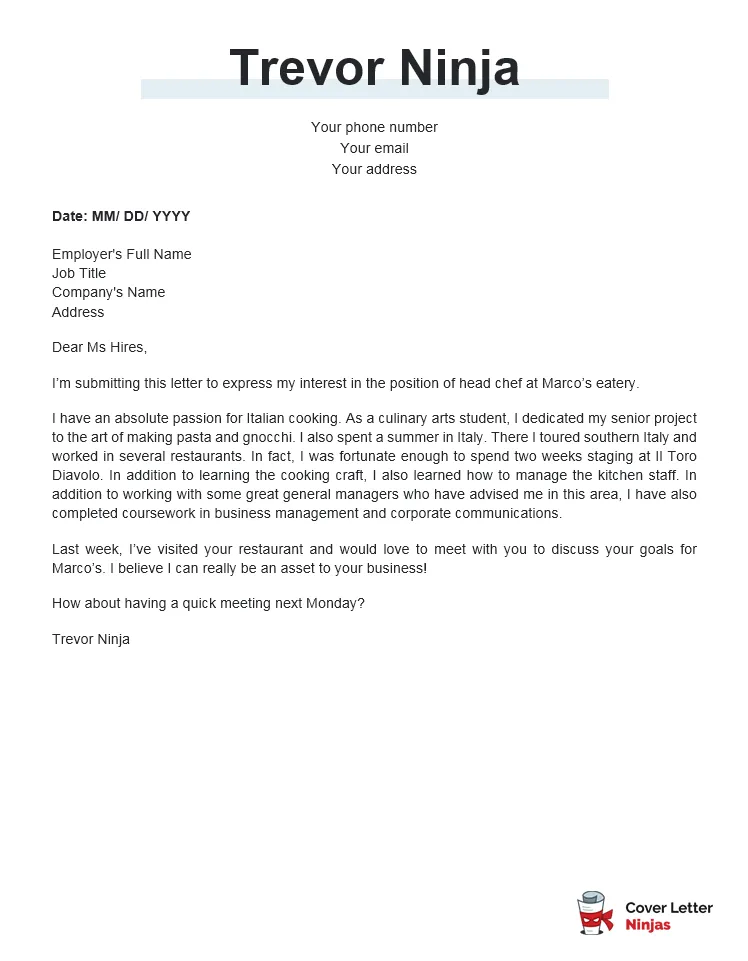
At the top of your cover letter, include your contact information. This typically includes your full name, address, phone number, and email address. Ensure your email address is professional. If you’re mailing your cover letter, you can also include the date below your contact information. It’s important to make it easy for the hiring manager to contact you. Make sure the information is accurate and up-to-date. If you’re applying online, your contact details are usually already available. However, including them in your cover letter ensures quick access for the hiring team.
Date and Recipient Details
Below your contact information, include the date. Following the date, address the hiring manager. If possible, find out the name of the hiring manager or the specific person who will be reviewing your application. Addressing the letter to a specific person is more personal and shows initiative. If you cannot find a name, use a professional greeting, such as “Dear Hiring Manager.” Avoid generic greetings like “To Whom It May Concern” because they lack a personal touch. Including recipient details demonstrates respect and shows that you’ve put effort into personalizing your application.
Address the Hiring Manager
Always address your cover letter to a specific person whenever possible. Research the company website, LinkedIn, or job posting to find the hiring manager’s name. Addressing the letter directly to a person makes it more personal and demonstrates that you’ve taken the time to research the company and the role. If you’re unable to find a name, use a professional alternative such as “Dear Hiring Team” or “Dear [Department Name] Hiring Manager.” Avoid using generic greetings like “To Whom It May Concern” which can make your letter feel impersonal. Personalizing the greeting shows respect and demonstrates your attention to detail.
First Paragraph Crafting
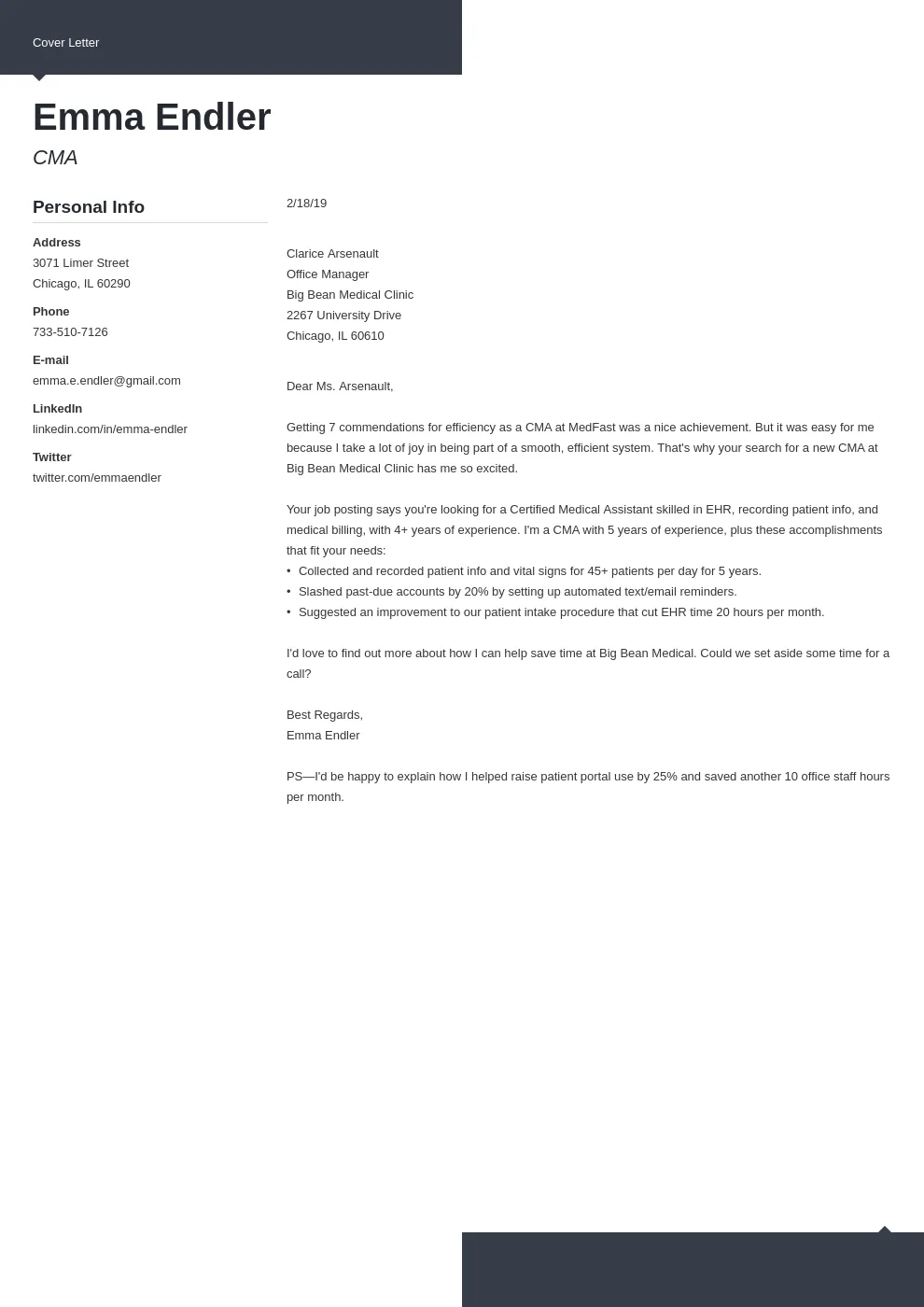
The first paragraph of your cover letter is crucial; it sets the tone for the entire document. Begin by stating the position you’re applying for and where you found the job posting. Immediately grab the reader’s attention by expressing your enthusiasm for the role or the company. Briefly highlight one or two key skills or experiences that make you a strong candidate. Make it clear why you are interested in this specific opportunity and why you are excited about the prospect of joining the company. The goal is to make a strong first impression and encourage the hiring manager to read on. Avoid generic opening lines and instead, aim for something that is unique and tailored to the specific job and company.
Hooking the Reader’s Attention
To capture the hiring manager’s attention, begin your cover letter with a strong opening. This could include a brief anecdote that highlights a relevant skill, a statement about your passion for the company, or a specific achievement. Clearly state the position you’re applying for. Show genuine enthusiasm for the role and the company. Mention where you saw the job posting to provide context. A compelling opening will immediately grab the reader’s interest. Avoid generic phrases and aim for an opening that is specific and tailored to the particular job. A great opening sets the tone for the rest of your letter and encourages the reader to continue.
Stating Your Objective Clearly
Clearly state your objective in the first paragraph, typically after the opening hook and the job title. Briefly mention why you are applying for the specific position and what you hope to achieve in this role. This should be concise and focused, letting the hiring manager know what you are looking for. It’s important to align your objective with the company’s goals and the job requirements. Express your interest in the company and explain why you are excited about the opportunity. Your objective should convey your professional goals and your desire to contribute to the company’s success, making it clear that this role is a good fit for your career aspirations.
Highlighting Key Skills and Experience
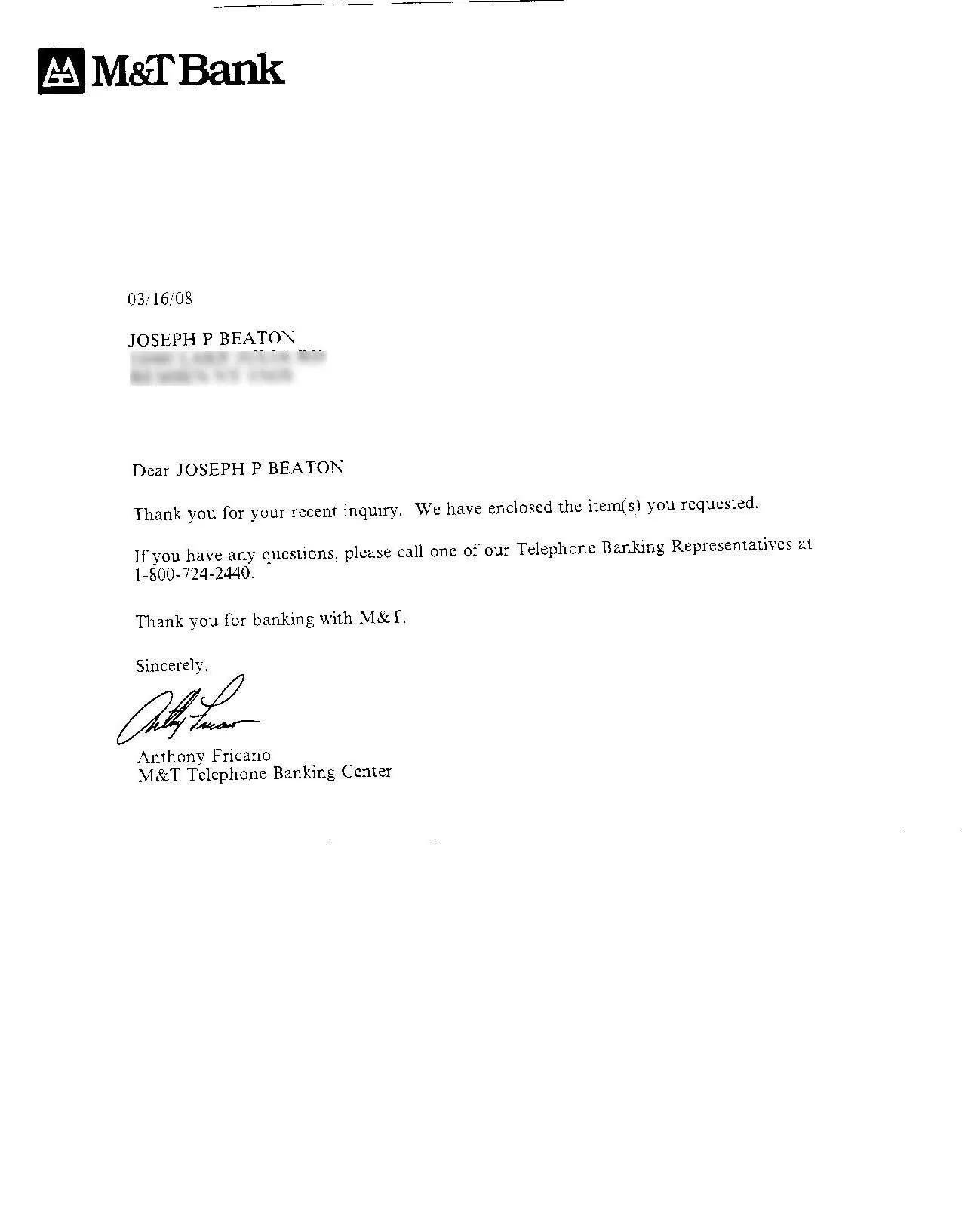
In the body paragraphs, focus on highlighting your key skills and experiences that align with the job requirements. Review the job description carefully and identify the most important qualifications the employer is seeking. Provide specific examples of how you have demonstrated these skills in previous roles. Tailor your examples to match the job duties, showing the hiring manager that you understand what the role entails. Focus on achievements rather than simply listing responsibilities. Show, don’t tell, by using concrete examples and providing context. Emphasize accomplishments and the value you can bring to the company.
Showcasing Relevant Achievements
Instead of just listing your responsibilities, use your cover letter to highlight your achievements. Quantify your accomplishments whenever possible to show the impact you made in previous roles. Provide specific examples of how you have improved processes, increased sales, reduced costs, or achieved other measurable results. Use action verbs to describe your accomplishments and demonstrate your skills in a dynamic way. For instance, instead of writing “Managed projects,” you could write “Managed and delivered projects on time and under budget.” Highlighting achievements demonstrates your ability to perform and contribute to the company. Focus on the results you have achieved and show how you can bring similar value to the new role.
Quantifying Your Accomplishments
Quantifying your accomplishments makes your cover letter more impactful and demonstrates your ability to deliver results. Whenever possible, use numbers, percentages, and specific metrics to showcase your achievements. For example, instead of saying “Increased sales,” write “Increased sales by 15% in one year.” Quantifying your accomplishments helps the hiring manager understand the scope of your achievements and the value you can bring to the company. Use data and numbers to provide concrete evidence of your abilities. When describing your achievements, use specific metrics to show the impact of your work, allowing the hiring manager to quickly grasp the value you bring.
Body Paragraphs Focus
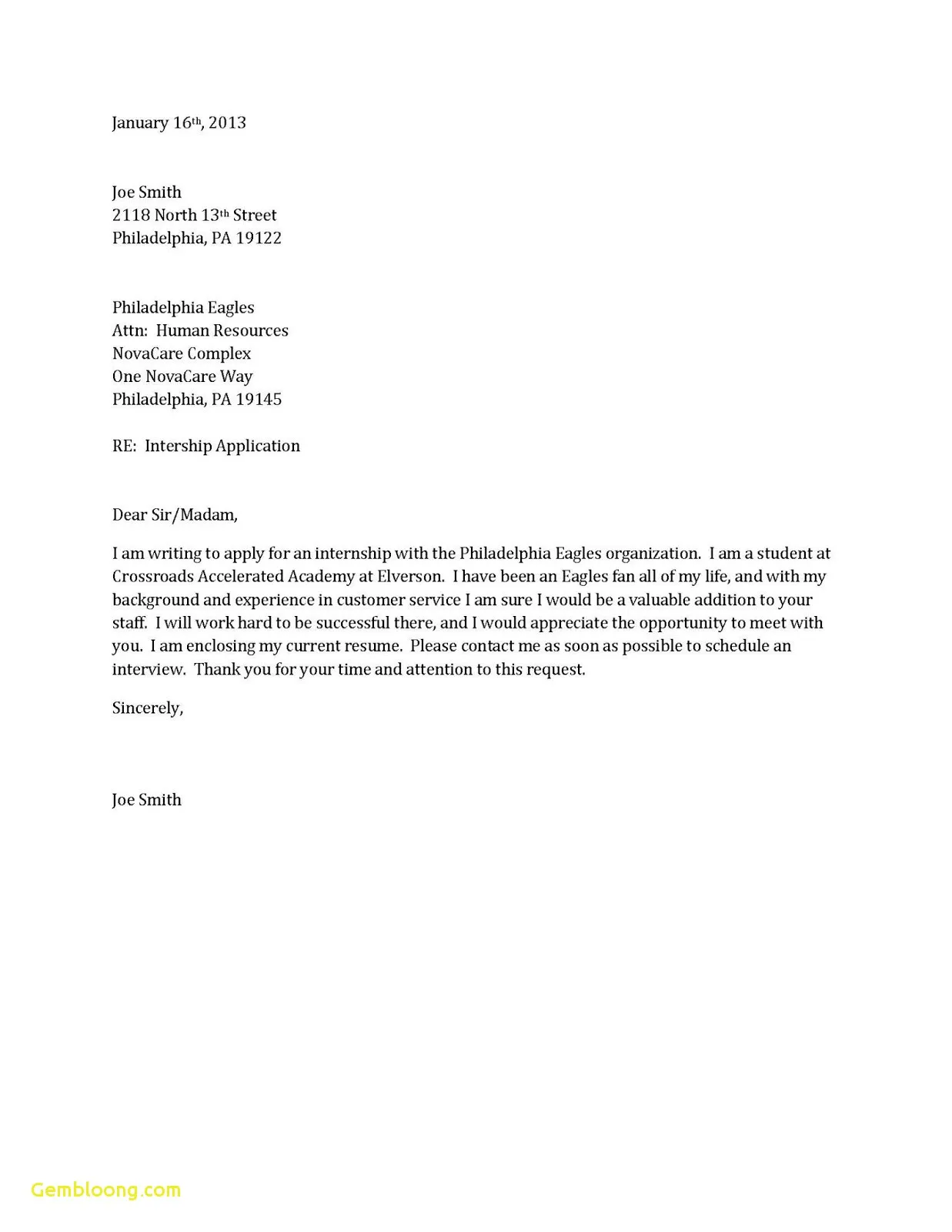
Each body paragraph should focus on a specific aspect of your qualifications and connect it directly to the job requirements. Start each paragraph with a topic sentence that clearly states the main point you want to convey. Provide specific examples and evidence to support your claims, using the STAR method (Situation, Task, Action, Result) or similar frameworks to structure your responses. Use action verbs to describe your accomplishments and skills. Each paragraph should be focused, concise, and easy to understand, highlighting how your skills and experience align with the role’s responsibilities. This detailed approach ensures the hiring manager can quickly see how you meet their needs and why you are a good fit for the position.
Tailoring to the Job Description
Always tailor your cover letter to match the specific job description. Carefully review the job posting and identify the key requirements, skills, and keywords. Use these keywords throughout your cover letter to demonstrate that you possess the qualifications the employer is seeking. Highlight the relevant experiences and skills that directly align with the job requirements. Customize your examples to fit the job’s needs, showing the hiring manager you understand what the role entails. A tailored cover letter shows that you have read the job description carefully and are genuinely interested in the position. This personalization significantly increases your chances of being selected for an interview.
Using Keywords Strategically
Use keywords strategically throughout your cover letter to ensure it aligns with the job requirements. Identify the essential skills, qualifications, and phrases mentioned in the job description. Integrate these keywords naturally into your sentences and paragraphs to highlight your relevant experiences and skills. Avoid keyword stuffing, which can make your cover letter sound unnatural. Use keywords where they fit logically and help to emphasize your qualifications. By using these keywords, you help the hiring manager quickly see that you meet the job’s requirements, increasing your chances of getting noticed and considered for an interview. Keywords also help applicant tracking systems (ATS) identify your application.
Demonstrating Company Knowledge
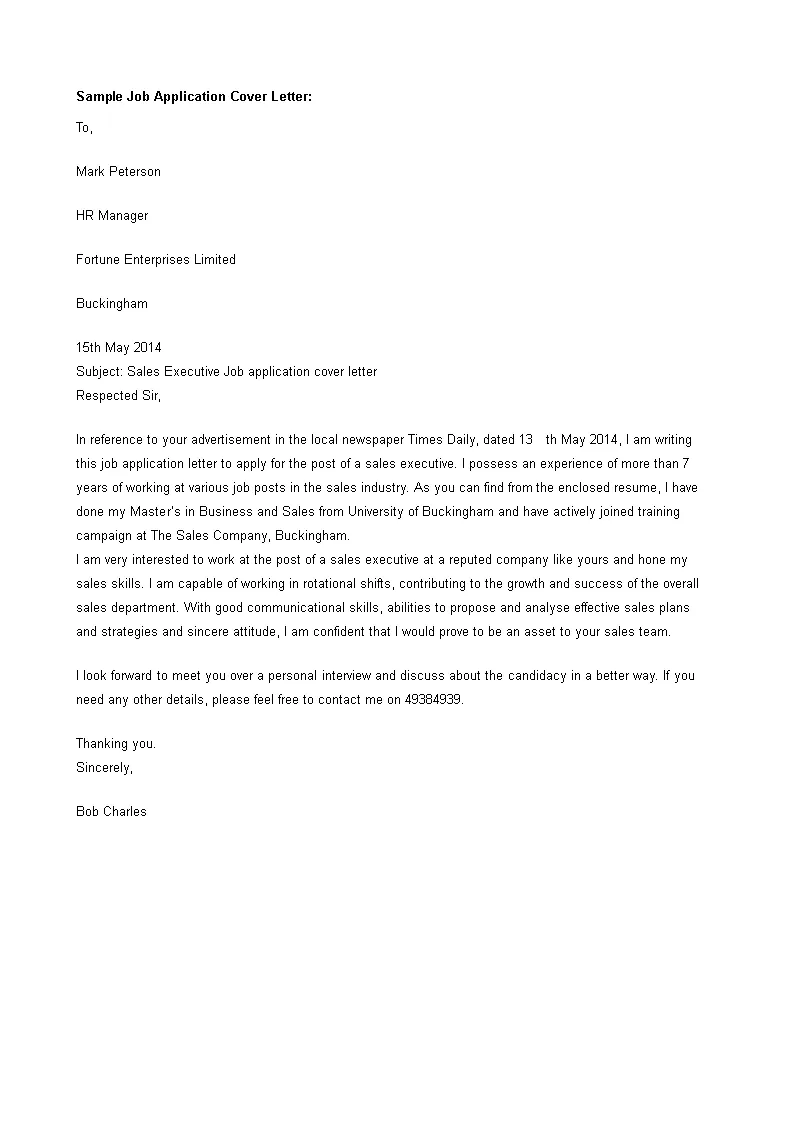
Show your knowledge of the company and its values in your cover letter. Research the company’s mission, values, and recent news to understand its goals. In your cover letter, mention what specifically attracts you to the company and why you want to contribute to its success. Show that you understand the company’s culture and how your skills align with its needs. This could be based on their current projects or work on social media. By demonstrating knowledge of the company, you show that you’ve invested time in learning about it and are genuinely interested in joining their team. This demonstrates your initiative and commitment, making a positive impression.
Third Paragraph Call to Action
The third paragraph, or the closing paragraph, is an important opportunity to call for action. Reiterate your interest in the position and the company. Express your enthusiasm for the opportunity and summarize your key qualifications in a concise manner. Clearly state your interest in an interview and make it easy for the hiring manager to take the next step. Include a call to action by stating you are available for an interview at their earliest convenience. End with a polite and professional closing, such as “Sincerely” or “Best regards,” followed by your name. Ensure you provide a way for the hiring manager to contact you.
Expressing Enthusiasm and Interest
Throughout your cover letter, express genuine enthusiasm and interest in the position and the company. Show your passion for the role and the company’s mission. Mention what excites you about the opportunity and why you believe you would be a good fit. Use positive language and a confident tone to convey your excitement. Your enthusiasm will make your cover letter more engaging and show that you are genuinely motivated to join the team. This is critical to convey as employers want to hire people that are enthusiastic about their jobs and want to work for them. This is often a key factor in the hiring process.
Requesting an Interview
Clearly state your interest in an interview in the closing paragraph. Make it easy for the hiring manager to take the next step by expressing your availability for an interview. Provide your contact information again for convenience. Thank the hiring manager for their time and consideration. State your availability and willingness to discuss your qualifications further. This helps ensure that you’re actively seeking the opportunity. A clear request for an interview is a key component of a successful cover letter, showing that you are eager to move forward in the hiring process and confident in your ability to perform well in the role.
Cover Letter Closing
End your cover letter with a professional closing and your signature. Use a standard closing, such as “Sincerely,” “Best regards,” or “Thank you for your consideration.” Leave a few lines for your signature if you are printing and mailing the letter. Otherwise, just type your full name below the closing. Ensure your name is easily readable. The closing should be polite and professional, reflecting the tone of your cover letter. The closing is the last thing the hiring manager will see, so make sure it leaves a positive impression. Using a professional closing demonstrates respect and attention to detail.
Professional Closing Examples
Choose a closing that aligns with your tone and the company culture. Some examples include: “Sincerely,” “Best regards,” “Thank you for your time and consideration,” “Respectfully,” “Warm regards,” or “Yours truly.” Select a closing that feels natural and professional. Avoid overly casual closings like “Cheers” or “See ya.” If you have had a prior conversation with the hiring manager, you can adapt the closing to reflect that. The closing should be polite and conclude your letter in a professional manner. It should convey your gratitude and reinforce your interest in the opportunity.
Proofreading and Editing
Proofreading and editing are essential steps in writing a cover letter. Always proofread your cover letter for any grammatical errors, spelling mistakes, and typos. Carefully check the content for clarity, conciseness, and coherence. Make sure your formatting is consistent and professional. Ask a friend, family member, or career counselor to review your cover letter for feedback. A fresh pair of eyes can often catch errors that you might have missed. Errors in a cover letter can undermine your credibility, so take the time to perfect your work. Thorough proofreading and editing are critical to demonstrating attention to detail.
Ensuring Clarity and Conciseness
Ensure your cover letter is clear and concise, avoiding unnecessary jargon or complex sentences. Use straightforward language to communicate your message effectively. Keep your paragraphs short and to the point, making it easy for the hiring manager to read and understand your qualifications. Remove any redundant words or phrases. Focus on the key skills and experiences that are most relevant to the job. The goal is to get your message across clearly and quickly. A well-written and concise cover letter shows that you value the hiring manager’s time and possess strong communication skills. Avoid long, complex sentences and stick to a direct and easy-to-understand writing style.
Common Cover Letter Mistakes to Avoid
Avoid common mistakes that can diminish the effectiveness of your cover letter. Don’t use generic or impersonal language. Avoid typos and grammatical errors. Do not simply repeat your resume; instead, provide additional context and highlight specific achievements. Don’t send a generic cover letter to multiple jobs. Always tailor your cover letter to each job. Don’t exceed one page in length. Avoid negativity or complaints about past employers. Focus on your strengths and why you are a great fit. Taking these precautions will improve your cover letter’s impact and increase your chances of success.
Length and Tone Considerations
Keep your cover letter concise; it should generally be no more than one page. Tailor your tone to the company culture and the specific job. Maintain a professional tone throughout the document, even when you are expressing enthusiasm. Use a formal tone unless the company’s culture is more relaxed. Ensure your writing style is appropriate for the industry. The length and tone should align with the expectations of the job and the company. Keeping your cover letter short and to the point ensures the hiring manager can easily understand your qualifications. Maintaining the proper tone ensures your application conveys professionalism and respect.
Cover Letter Examples and Templates
Utilize cover letter examples and templates to help you write your own. Many online resources and career websites offer a variety of cover letter samples for different industries and job roles. These examples can help you understand how to structure your letter, write compelling content, and tailor your approach to specific job applications. Adapt the templates to your own experience and skills. Use these templates as a starting point, making sure to personalize them with your unique qualifications and experiences. Make sure the examples align with the job’s requirements. Cover letter examples and templates are valuable tools to help you create a polished and effective cover letter.
Where to Find Cover Letter Templates
There are many places to find cover letter templates, including career websites, Microsoft Word, and online resume builders. Websites such as Indeed, LinkedIn, and The Muse offer a variety of customizable templates that you can download and adapt. Microsoft Word provides pre-designed templates that you can modify to fit your needs. Online resume builders often include cover letter templates as part of their services. When selecting a template, consider your industry and the role you are applying for. Ensure the template is well-formatted, professional-looking, and easy to customize. Taking time to find and adapt the right template will streamline the writing process and improve your cover letter’s effectiveness.
Customizing Templates Effectively
Customizing templates effectively is crucial for creating a cover letter that stands out. Start by replacing the template’s generic information with your own details. Tailor the content to the specific job description and company. Highlight your relevant skills and experiences, and include specific examples that showcase your achievements. Personalize the letter by mentioning the hiring manager’s name and showing that you have researched the company. Ensure the tone and language match the company’s culture and values. Always proofread the customized version thoroughly for any errors. Proper customization ensures your cover letter is unique and persuasive, increasing the likelihood of getting an interview.
